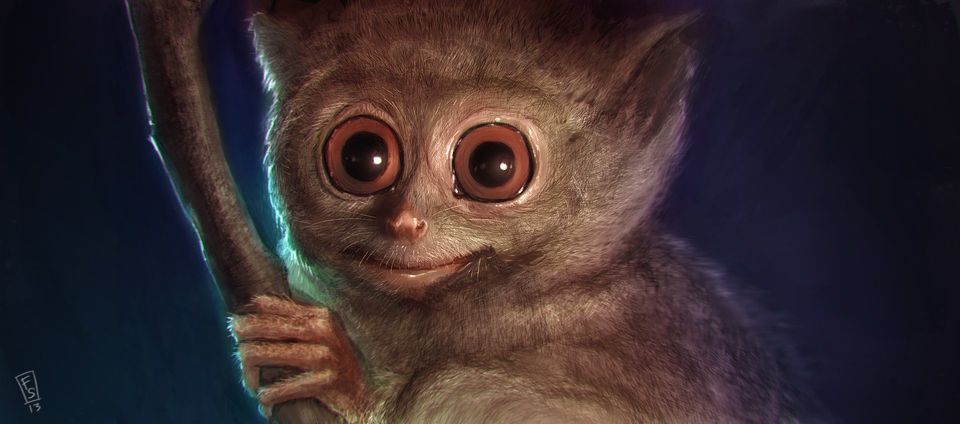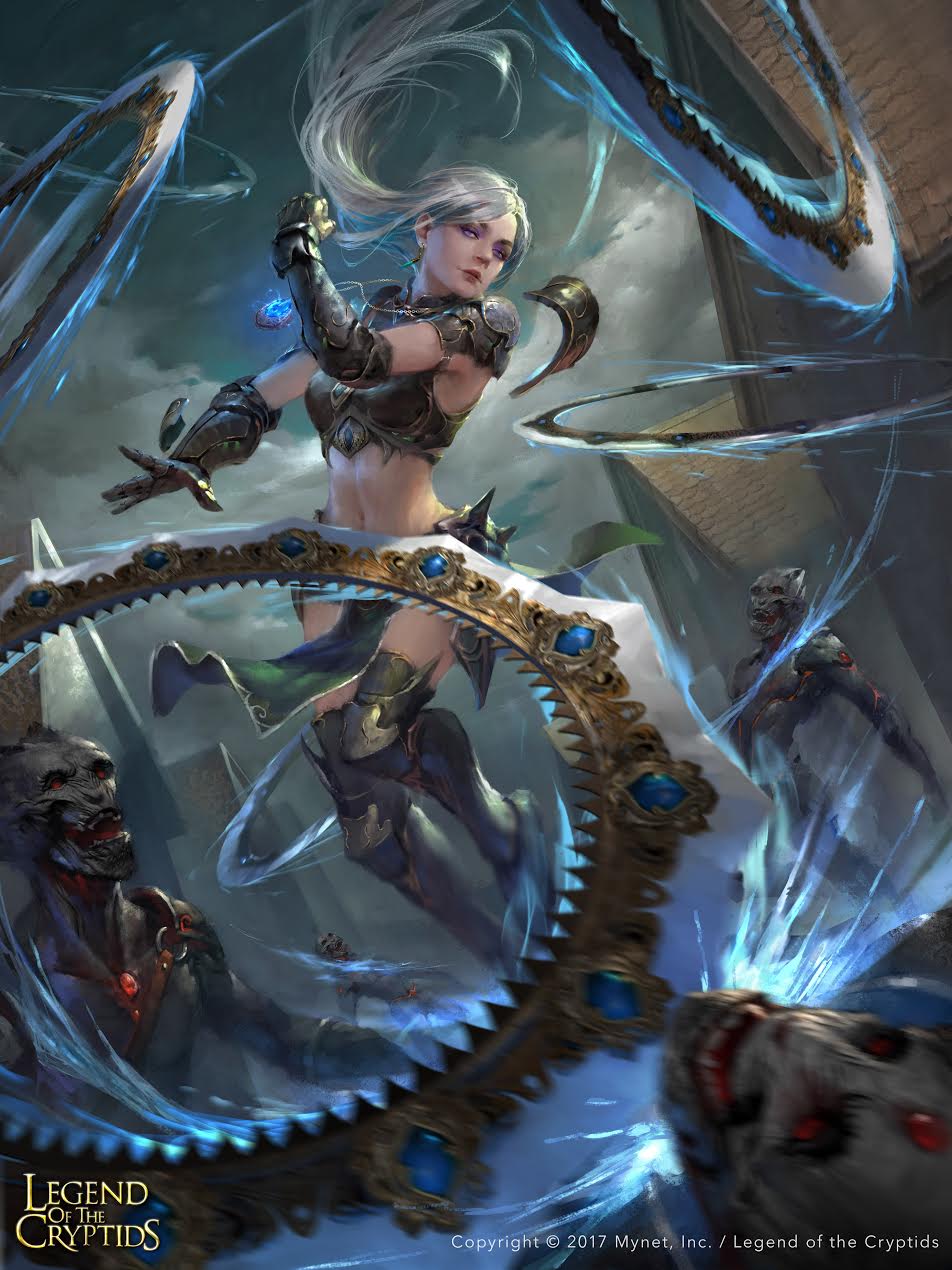Artist Spotlight: Fajareka Setiawan
February 26, 2020
In our regular Spotlight segment we explore artists' experiences and inspirations to understand what defines and inspires their unique styles.
Everyone’s work is deeply idiosyncratic. In our regular Spotlight segment we explore artists’ experiences and inspiration to understand what defines and inspires their unique styles. Fajareka Setiawan is an Indonesian freelance illustrator and concept artist responsible for some incredibly detailed and imaginative pieces.
Can you give us a brief background on yourself?
I started my education at Indonesian Institute of the Art Yogyakarta in 2009, I majored in visual communication design. In mid semester, I worked with a local comic company as a comic artist.I was collaborating with my friend who wrote the stories. I was having difficultly coming up with my own comic stories and mostly got freelance illustration work more than work on comic books. So, I decided to start focusing 100% of my career in the illustration industry.
What influence does your location have on your career?
It started when I was still a college student. I worked at Caravan Studio as an intern in 2014. So many great artist there helped me in my digital illustration works. After my internship program was done I met Lius Lasahido. Lius helped me level out my skills. So, after my graduation he offered me a position at his studio, Polar Engine, and I have been there until now. At Polar Engine I learned different techniques, where to get inspiration, and how to manage a team.

What is your greatest source of inspiration?
My dream is to develop an entertainment industry in my country. That is where I get my inspiration to do what I do.
Could you pick one piece of art that has made a lasting influence on you, and if so why?
I don't know if I could pick just one piece of art, but Craig Mullins' paintings have had a huge influence on me. His digital paintings are epic and artistic like renaissance paintings but with a modern touch. Elements such as lighting, color, texture, and brush shape are all illustrations used in his work.
What skills or techniques do you find most useful in your line of work? Do you use primarily traditional or digital methods to create your artwork?
For industrial purposes, the most useful technique is photobashing if you have a good fundamental understanding of how the process works. I use digital methods because it is required to make a good and fast illustration.
How can people who are interested in discovering more of your work find it?
You can find my artworks at:
Scriba is a revolutionary digital stylus that is ergonomically designed to comfortably fit your hand and uses unique Squeeze-Motion technology. Order here.
Articles

In the period since COVID forced many of us back home and out of the office, remote work has become the new norm for many. The flexibility of working from home, especially for those with small children, is very compelling, but making a productive workspace is more than setting up a desk in the spare room. More people are seeking to create functional and comfortable workspaces in their homes, however, it can be difficult to strike the right balance between a professional office space and a cosy home environment. Here are some tips for designing a home workspace that meets both of these needs: Dedicate a specific area for work Designating a specific area for work is essential for separating work from leisure time. This could be a separate room or just a corner of a room. It is important to make sure that the workspace is free from distractions and clutter, as this will help you stay focused and productive. Choose the right furniture Ergonomic furniture is key to a comfortable and productive workspace. Invest in a comfortable chair, a desk that is the right height, and a good-quality mouse and keyboard. If you are prone to back pain, consider a standing desk. Add personal touches Just because your workspace should be functional, doesn’t mean it can’t be personal. Add photos, plants, and other personal items to make the space feel like your own. This will help create a sense of comfort and make you feel at home in your workspace. Good lighting Good lighting is essential for a comfortable workspace. If possible, place your desk near a window for natural light. If not, invest in a high-quality desk lamp to provide bright, even light. Keep it organised An organised workspace will help you stay productive and focused. Use desk organisers, filing cabinets, and other tools to keep your work area free from clutter. A clean and organised workspace will also help you start each day with a clear mind. Consider your work style Think about the type of work you do and how you like to work. If you prefer a minimalist workspace, opt for a simple desk and a few basic supplies. If you need space for multiple screens and other technology, make sure you have enough room to work comfortably. Take breaks It’s important to take breaks throughout the day to avoid burnout. Step away from your desk, go for a walk, or do some stretching exercises to clear your mind and recharge.










